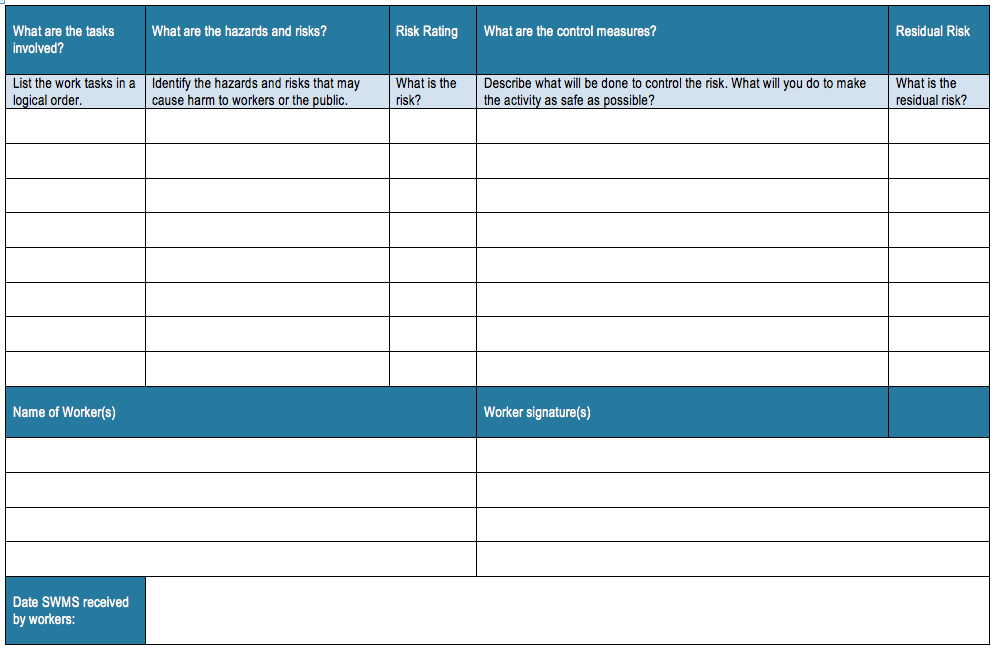Risk Assessment Format
Learning how to perform a risk assessment does not have to be a painful experience. It’s all about simplicity. The best risk assessment format is one that remains basic enough so that anyone can easily understand it. Training risk assessment programs are recommended for more complex jobs but for the simpler worksites these tips will teach you how to write a risk assessment.
1: A simple risk assessment works best
A decent risk assessment guide will tell you that complicated language will detract from the overall quality of risk assessment documents.Keeping it short, sharp and too the point will save a lot of headaches. A simple risk assessment is one that uses plain English and considers these factors:
• How well the audience reads
• Information that’s presented in way which anyone can understand
• How overly technical language can confuse readers
• That risk assessments and risk management plans should not take any longer than 16 minutes (why 16 mins exactly? Find out here)
2: Generic risk assessments save time
Using straightforward, simple language not only makes it easier for any reader to understand the risk assessment document but also saves time. High risk construction work is busy business so workers do not have a lot of time on their hands. Clear action words written in an active tone on a step by step basis will simplify the entire risk assessment process and let workers get back on the job quickly.
• Active tone: Remove all rubbish
• Passive tone: All rubbish must be removed
3: Use a risk analysis table
Tables are a great way to clearly break down data and different risk management methods. A risk analysis table breaks the risk management framework into clearly defined steps that workers can go through at their ease. See the below image for an example.

This is all well and good but ultimately even the most effective paper-based risk assessment process is flawed when compared to the digital alternative. To learn about the more efficient and cost-productive risk assessment software, click here.

